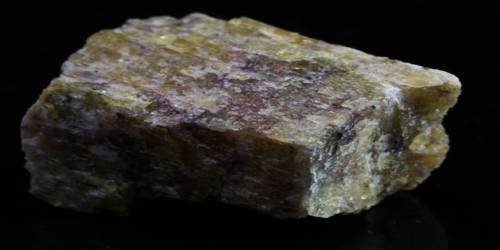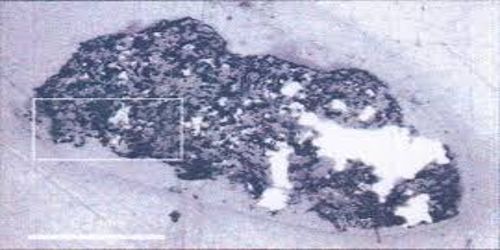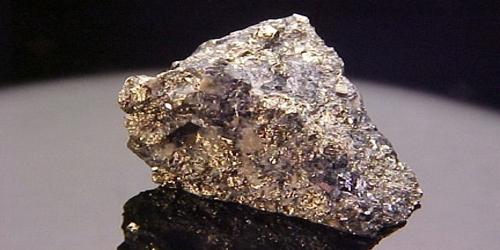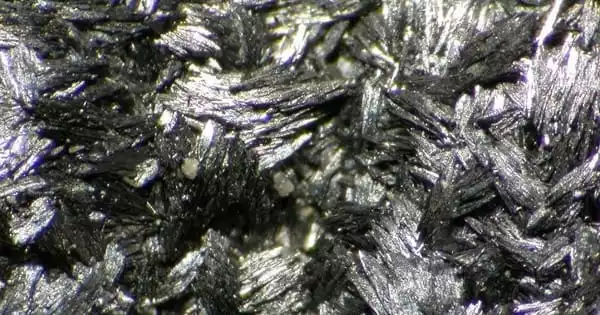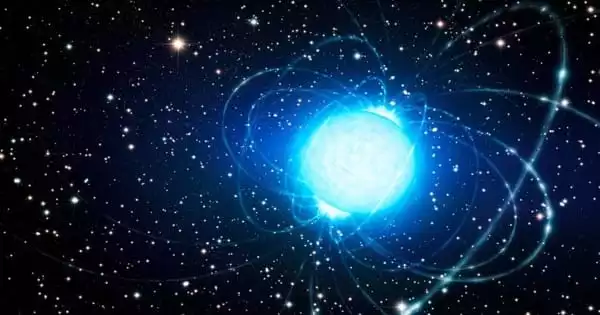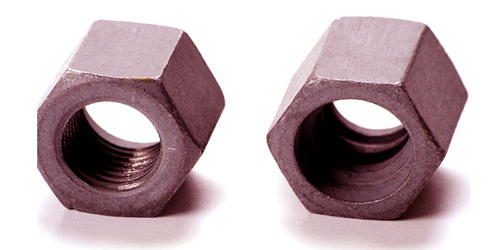Cancrinite is a complex carbonate and silicate of sodium, calcium, and aluminum with the formula Na6Ca2[(CO3)2|Al6Si6O24]·2H2O. It is one of the rarer members of the feldspathoid group of minerals. Minerals whose chemistries are close to that of the alkali feldspars but are poor in silica (SiO2) content are called feldspathoids. It is classed as a member of the feldspathoid group of minerals; the alkali feldspars that are poor in silica.
Found originally in 1839 in the Ural Mountains, it is named after Georg von Cancrin, a Russian minister of finance.
General Information
- Category: Feldspathoid
- Formula: Na6Ca2[(CO3)2|Al6Si6O24]·2H2O
- Crystal system: Hexagonal
- Crystal class: Pyramidal (6) (same H-M symbol)
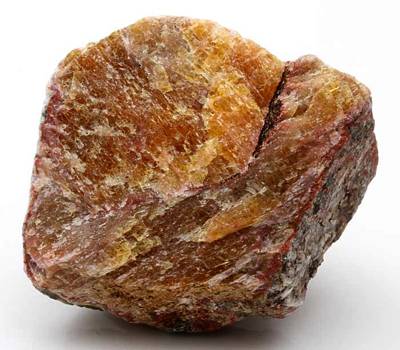
Properties
Yellow, orange, pink, white, or even blue, it has a vitreous or pearly luster; a hardness of 5-6 and an uneven conchoidal fracture. It is unusual among the silicate minerals in that it will effervesce with hydrochloric acid due to the associated carbonate ions.
- Color: Grey-green, white, yellow, blue, orange, reddish
- Crystal habit: Rare as prismatic crystals; typically massive
- Twinning: Rare – lamellar
- Fracture: Irregular/uneven
- Tenacity: Brittle
- Mohs scale hardness: 5-6
- Luster: Vitreous, greasy, pearly
- Streak: White
- Diaphaneity: Transparent, translucent
- Specific gravity: 2.42 – 2.51
Cancrinite is unusual in that it is one of the few silicate minerals to have a carbonate ion (CO3) present in its structure. It is because of the carbonate ion that it will effervescence in warm hydrochloric acid. The acid reacts with the carbonate ion to liberate carbon dioxide (CO2) gas which forms the bubbles. The effervescence is diagnostic as almost no other silicates will do this, although it is common in the carbonates.
Information Source:
